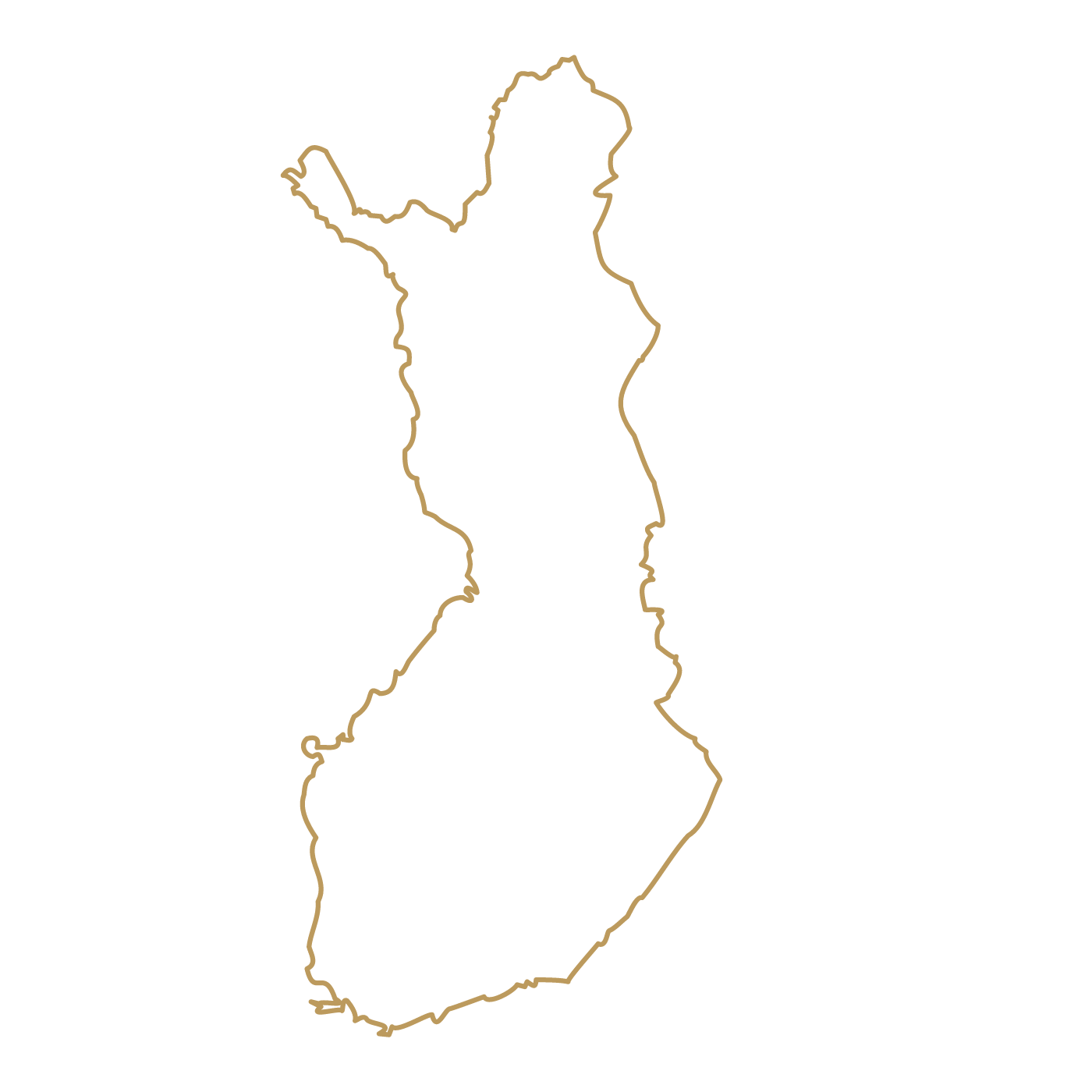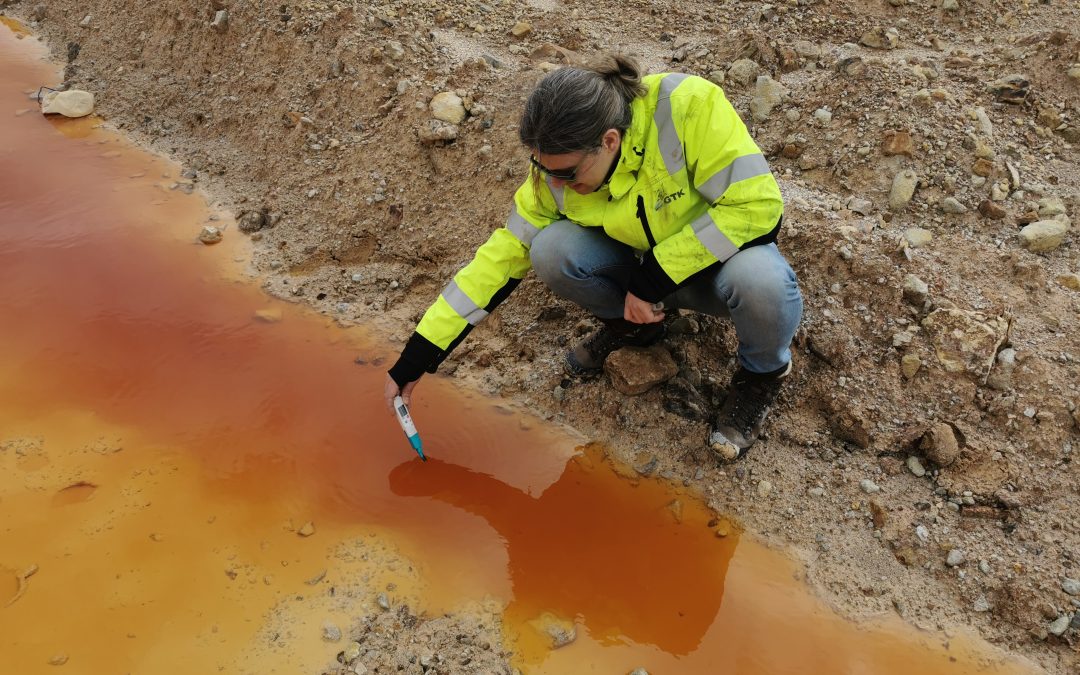Field Trials

Sokli
Finland
Savukoski, Finnish Lapland
The geological setting of the Sokli carbonatite complex in Finnish Lapland mainly comprises Archean gneisses, gneissic granites, amphibolites, and ultramafic rocks. The size of the carbonatite complex is over 50 km2, and the carbonatite core itself covers an area of 20 km2. The crystalline carbonatite is covered by laterite deposit enriched in e.g. P, REE, Nb, Ta, U and Zr. Phoscorites, highly prospective for P, Fe, Nb, Ta, U and Zr, occur in concentric to asymmetric ring-like discontinuous structures due to the dissected brecciated nature by the late more voluminous calcite-carbonate. The NE-SW trending fracture zone hosts REE-rich late dolomitic carbonatite dykes and REE-Nb-Cu mineralisation. These fracture zones are highly prospective for both lateritic and primary hard rock REE, niobium and copper. More information of Sokli available at webpage Sokli Oy.
In the GoldenRAM project, Sokli site is a test site for mineral prospectivity mapping, drill core mapping and a site for integrated monitoring of

Kevitsa
Finland
Sodankylä, Finnish Lapland
Kevitsa (Cu, Ni; Co, PGMs Pd & Pt) layered intrusion comprising ultramafic to mafic igneous rocks is located in northern Finland. The known Ni-Co-PGM sulphide ore, discovered in 1987, is located in the centre of the layered intrusion. Two main ore types are: regular Ni-Cu ore which consists of a chalcopyrite-pentlandite assemblage, and the Ni-platinum group element (PGE) ore with a predominantly pentlandite-millerite assemblage. Commercial production, which started in August 2012, is currently run by Boliden Kevitsa Mining Oy. In 2022, 10 287 000 tonnes of ore were excavated from the opencast mine and processed into metal concentrates of Ni, Cu, Co, Pt, Pd and Au. At Kevitsa the following stages of a mine activities are present: exploration, operation in open pits, closure of depleted areas, and active as well as closed tailing areas.

Aitik
Sweden
Gällivare, Swedish Lapland
Aitik mine (Cu) has been operated by Boliden AB since 1968, and is currently the world’s most productive open-pit Cu mine. It is located in northern Sweden. Aitik is classified as a porphyry-type Cu-Au-Ag deposit. The main ore zone is dominated by quartz-muscovite schist as well as biotite gneiss and biotite schist, and mineralized pegmatite dykes can be found within the deposit’s ore zone and hanging wall. In the last decade, the Aitik mine underwent two major expansions to increase its current plant production capacity to 45 mil. tonnes of Cu. At Aitik all stages of a mine activities are represented: exploration, operation in open pits, closure of depleted areas, and active as well as closed tailing areas.

Abrud
Romania
Alba County, Transylvania
Abrud mine (Cu) consists of three main parts of interest to the project: open pit, waste dump, active tailing pond. Cuibarului tailings dump represents the most important tailings deposit within the Rosia Poieni exploitation perimeter. Cupru Min S.A. Abrud is the only producer in Romania, whose main activity is the extraction of non- ferrous ores, the preparation of copper ores and the valorization of copper concentrate and precious metals.

Ukrainian Shield
Ukraine
Ukrainian Crystalline Massif, East European craton
GIUA provides the G-RAM platform with access to the databases and electronic maps of critical minerals’ occurrence with detailed characteristics and geospatial information as well as areas of mining activity and wastes accumulation sites (tailings and dumps) in Ukraine, which can be considered as a source of secondary CRMs. Spatial data to which access will be provided, equips users with information about the conditions and possibilities of obtaining licences for CRM ore deposits in Ukraine.

Barroso
Portugal
Boticas area, Northern Portugal
Barroso (Li) The Mina do Barroso project is a high-grade, low-iron lithium project being developed in Vila Real, northern Portugal. Mina do Barroso is the biggest spodumene lithium discovery in Western Europe in recent years, and valid for sufficient lithium production for approximately 0.5 million vehicle battery packs per annum. The so-called Covas do Barroso aplite-pegmatite field is characterised by the presence of a large field of several dozens of pegmatite and aplite-pegmatite dykes of granitic composition.
News & Events

Deploying Smart Sensors for Smarter Mining: Fieldwork in Roșia Poieni
On 20 May 2025, as GoldenRAM partner CUPRUMIN marked its 48th anniversary, consortium teams were on the ground at key locations, including the Roșia Poieni open pit, the Valea Șesei tailings pond, and the Valea Cuibarului secondary raw material deposit, in a mission...
Contact Us
For any inquiries or further information, please feel free to contact us using the form provided on this website. We welcome your questions and feedback.
Subscribe to our Newsletter

Follow Us
© GoldenRAM – All Rights Reserved
